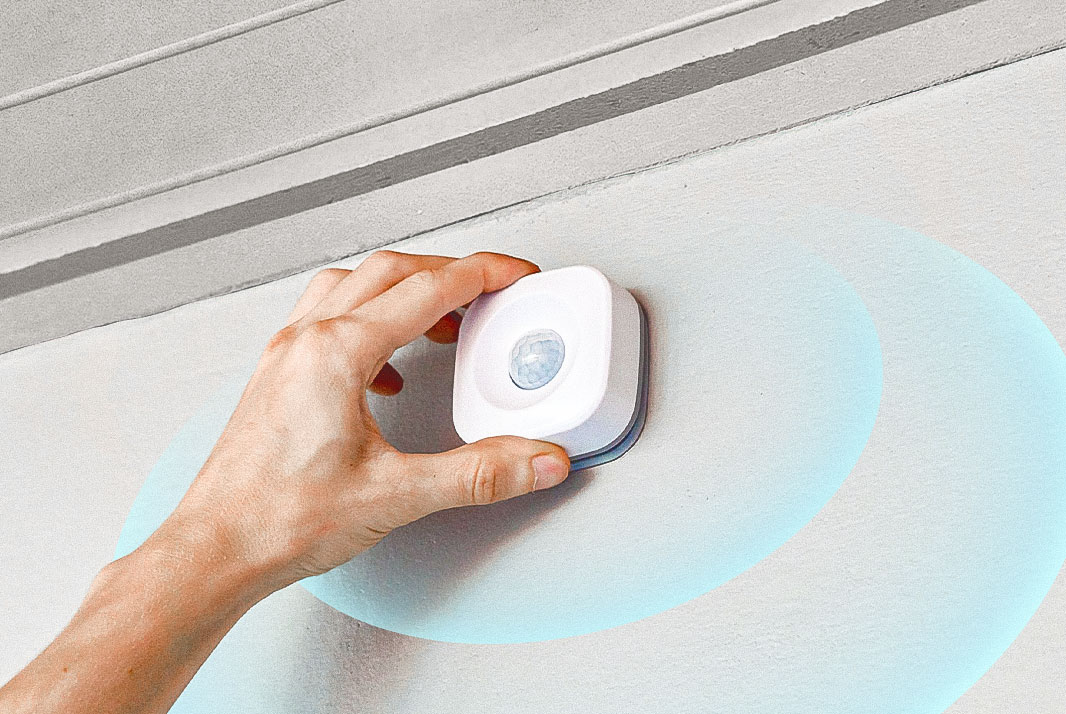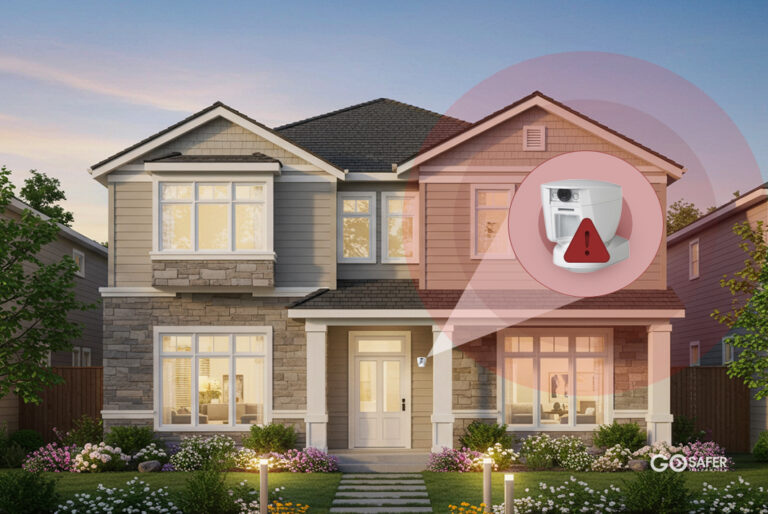Ensuring the security of your home is more important than ever. With rising crime rates and increasing concerns about safety, having a reliable home alarm system is crucial. This guide will walk you through the process of setting up your home alarm system, ensuring your home is well-protected. We’ll cover everything from choosing the right system to installing and maintaining it.
Table of Contents
ToggleUnderstanding Home Alarm Systems
What is a Home Alarm System?
A home alarm system is a network of devices designed to detect unauthorized entry into your home and alert you or a monitoring service. It typically includes sensors, cameras, a control panel, and alarms.
Types of Home Alarm Systems
There are several types of home alarm systems, including:
- Wired Systems: These systems are connected by physical wires and are known for their reliability.
- Wireless Systems: Easier to install, these systems use radio signals to communicate between components.
- DIY Systems: These are designed for easy installation by the homeowner.
- Professional Systems: Installed and monitored by security companies, offering high-level protection.
Choosing the Right Home Alarm System
Assessing Your Home’s Security Needs
Before purchasing an alarm system, assess your home’s security needs. Consider factors like the size of your home, the number of entry points, and your budget.
Wired vs. Wireless Alarm Systems
- Wired Systems: More reliable but harder to install.
- Wireless Systems: Easier to install and expand, but can be prone to interference.
DIY vs. Professional Installation
- DIY Systems: Cost-effective and flexible, but require some technical know-how.
- Professional Installation: More expensive but ensures a thorough and professional setup.
Essential Components of a Home Alarm System
Control Panel
The control panel is the brain of your alarm system, managing all connected devices and allowing you to arm and disarm the system.
Sensors
Sensors detect changes in the environment, such as:
- Door and Window Sensors: Trigger the alarm when a door or window is opened.
- Motion Detectors: Sense movement within a specified area.
- Glass Break Sensors: Detect the sound of breaking glass.
Cameras
Security cameras monitor your home and can provide live feeds and recordings.
Alarms and Sirens
Alarms and sirens alert you and your neighbors of a potential intrusion.
Preparing for Installation
Gathering Necessary Tools
You’ll need basic tools like a drill, screwdriver, and ladder for installation.
Reading the User Manual
Familiarize yourself with the user manual of your alarm system. Each system is different, and understanding the specifics will help during installation.
Planning Sensor and Camera Placement
Plan where to place sensors and cameras for optimal coverage. Entry points like doors and windows are key areas to secure.
Installing the Control Panel
Choosing the Right Location
Install the control panel in a central, accessible location. Ensure it’s away from potential intruders’ reach.
Mounting the Control Panel
Mount the panel securely to the wall using the provided brackets and screws.
Powering Up the Control Panel
Connect the control panel to a power source and follow the manufacturer’s instructions to power it up.
Setting Up Sensors
Door and Window Sensors
Install door and window sensors on all entry points. Align the sensor and magnet parts properly to ensure they work correctly.
Motion Detectors
Place motion detectors in high-traffic areas and rooms where valuables are stored. Avoid placing them near heating vents or large windows to reduce false alarms.
Glass Break Sensors
Mount glass break sensors near windows and glass doors. Ensure they cover the maximum area possible.
Installing Security Cameras
Choosing Camera Locations
Select strategic locations for cameras to cover entry points and vulnerable areas. Consider both indoor and outdoor placement.
Mounting the Cameras
Securely mount the cameras using the provided hardware. Ensure they have a clear view and are protected from the elements.
Connecting to the Control Panel
Connect the cameras to the control panel wirelessly or via cables, depending on your system.
Configuring Alarms and Sirens
Placing Sirens Strategically
Install sirens in places where they can be easily heard both inside and outside your home.
Testing Alarm Sound Levels
Test the alarms to ensure they are loud enough to alert you and deter intruders.
Connecting to Monitoring Services
Professional Monitoring Services
Consider subscribing to a professional monitoring service that can alert authorities in case of an emergency.
Self-Monitoring Options
Alternatively, you can monitor the system yourself using a smartphone app. Ensure you have reliable internet access for this option.
Setting Up Remote Access
Smartphone Integration
Most modern alarm systems offer smartphone integration. Download the relevant app and follow the setup instructions to connect your phone.
Setting Up Notifications
Configure notifications to receive alerts about any unusual activity directly on your phone.
Testing Your Home Alarm System
Running Initial Tests
Conduct thorough tests to ensure all components are working correctly. Arm and disarm the system, trigger sensors, and check camera feeds.
Regular Maintenance Checks
Regularly check the system for any issues and replace batteries in wireless components as needed.
Troubleshooting Common Issues
Connectivity Problems
If you encounter connectivity issues, check your Wi-Fi signal strength and ensure all devices are within range.
Sensor Malfunctions
Clean the sensors and check their alignment. Replace any faulty sensors.
False Alarms
Identify the cause of false alarms and adjust sensor sensitivity or placement as necessary.
Enhancing Your Home Security
Integrating with Smart Home Devices
Integrate your alarm system with other smart home devices like smart locks and lights for added security.
Adding Extra Sensors and Cameras
Expand your system by adding more sensors and cameras to cover blind spots.
Upgrading System Components
Keep your system up-to-date by upgrading components to the latest technology.
Conclusion
Setting up a home alarm system may seem daunting, but with careful planning and execution, it can be done efficiently. By following this guide, you can ensure your home is secure and well-protected. Remember, the key to a successful alarm system is regular maintenance and staying informed about the latest security trends.




